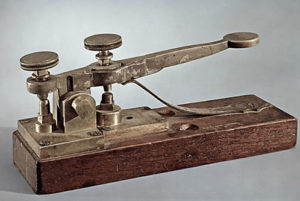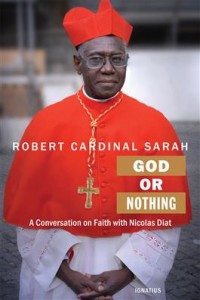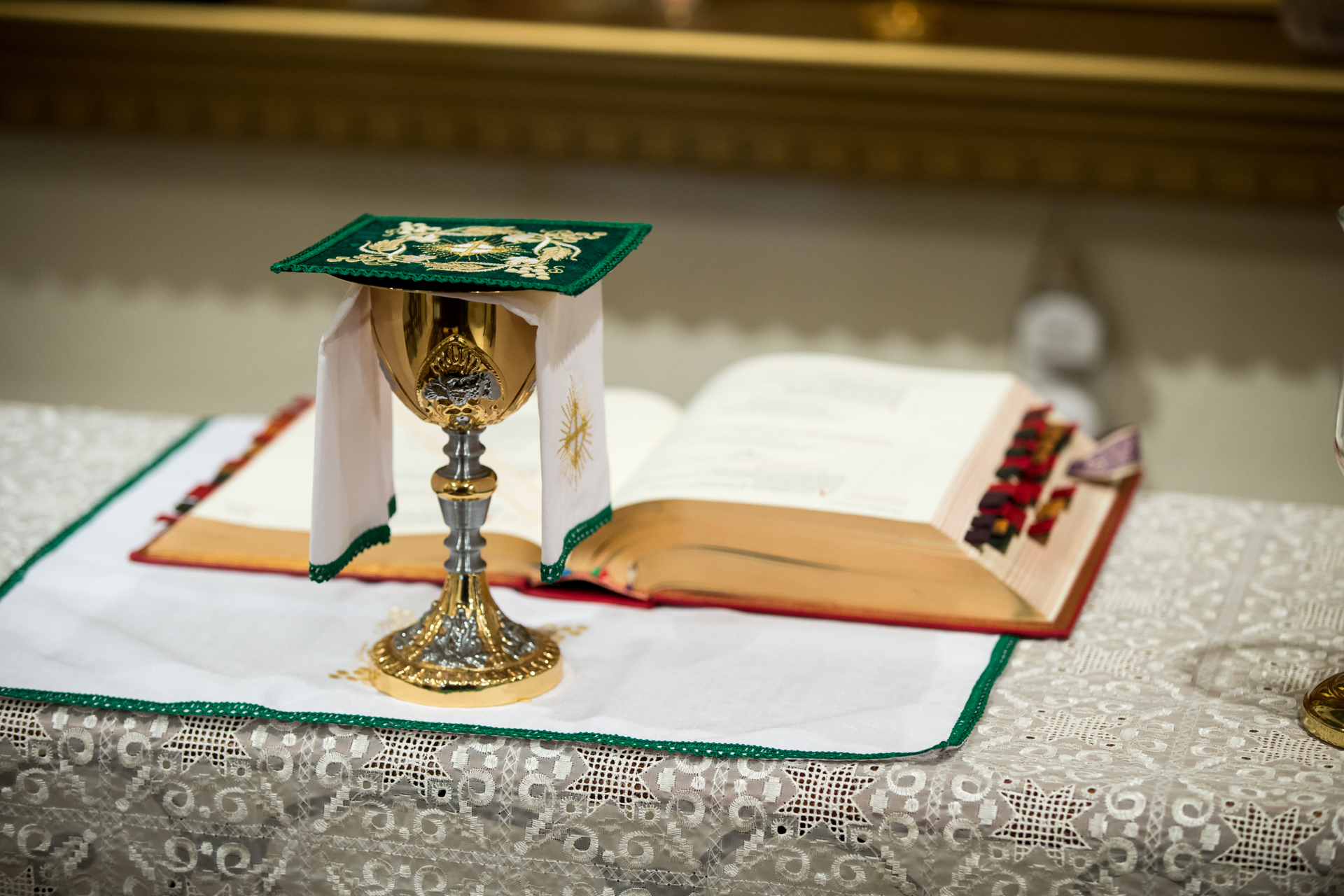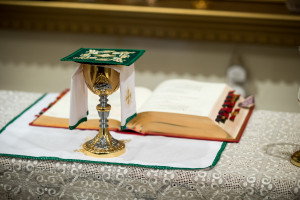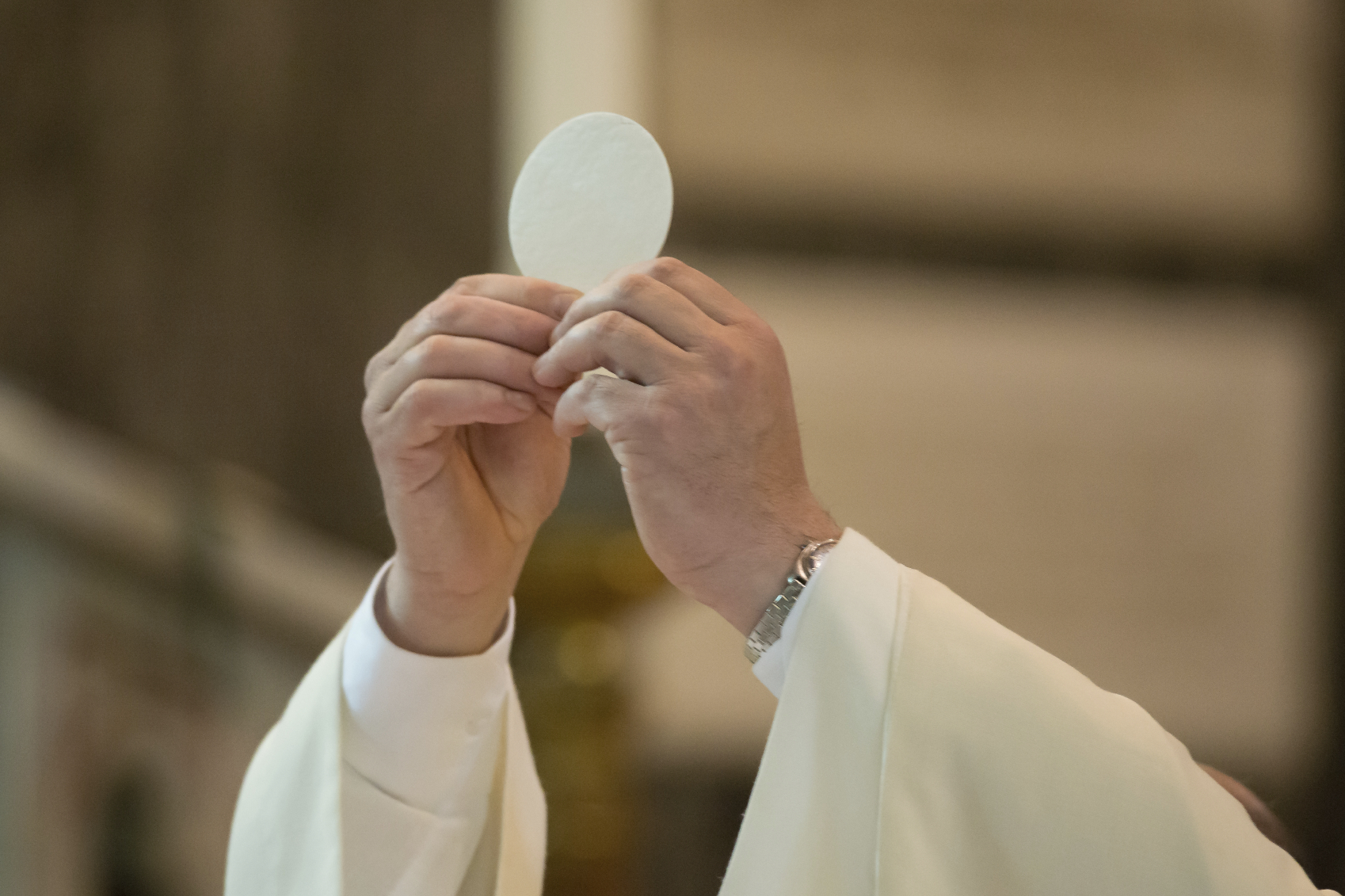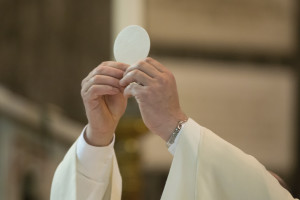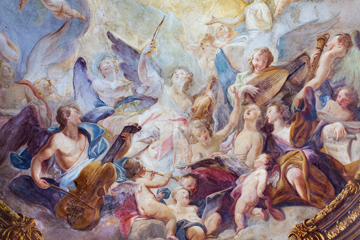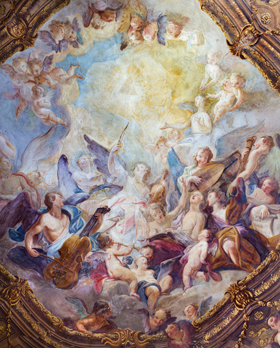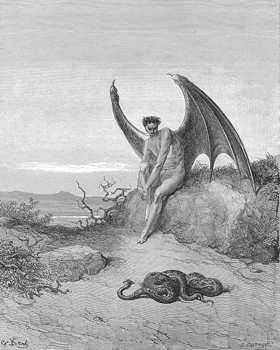 I received a question last month in my Question and Answer Column at Our Sunday Visitor that I answered only briefly. I’d like to expand on it here.
I received a question last month in my Question and Answer Column at Our Sunday Visitor that I answered only briefly. I’d like to expand on it here.
The new priest in our parish just stands there at the altar when we sing the acclamations such as the mystery of faith, the great Amen, Lamb of God, etc. The previous pastor sang loudly with us. Should he not participate more fervently in these acclamations? – Name withheld
Actually, his stance is the correct one. The liturgical directives (called the rubrics or red text) indicate that the people proclaim the mystery of faith, the “great” Amen, the conclusion to the Our Father (“for the Kingdom the power and glory …”) and the Lamb of God. (These instructions are also found in the General Instruction at #s 151, 153, 155.) So, those are acclamations that belong to the congregation, not the priest.
The priest is directed to say or sing the Sanctus (# 148) and the “Lord I am not worthy …” (# 157) with the people. Because there are responses and acclamations that belong to the people, for the priest to say or sing them as well does harm to the dialog and shared responsibility that is intended by the Liturgy.
The priest should not look bored as the people respond, rather he should reverently and prayerfully attend to the response of the people.
My reply was necessarily brief due to column limitations, but I believe that there are some things worthy of further comment.
First, it may be good to emphasize the dialogical nature of the Mass. At times and in certain places of the liturgy, this is forgotten. The priest ought to respect that certain responses and acclamations belong only to the people. Too often the priest not only says them but appears to outright lead them. There are likely due to two reasons.
- In recited Masses (common at daily Masses), where the mystery of faith is not sung, someone needs to both signal and begin the reply for the people. This is because there are several options and the people have no way of knowing which one to use. Thus, most priests answer their own call for the people’s acclamation by saying the acclamation. Saying a few opening words and then stopping as the people continue feels a bit awkward, so the priest usually continues on along with the congregation. At the Lamb of God, too, there is often the need for the priest to get the people started. In sung Masses, however, it is ideal for the acclamations to be said only by the people. Nevertheless, the lamentable but understandable practice of the priest leading as well as responding along with the people a number of parts that belong to them continues, even in sung Masses in which a cantor or the choir can lead the responses.
- Mass facing the people too easily encourages the priest to be a kind of inappropriate ringleader. Although he calls them to a reply, standing there facing them and just listening as they sing a sometimes-lengthy reply feels a bit awkward; so he joins and sings with them. The questioner alluded to this when he said that the new priest “just stands there” when he “should” be “fervently” participating. This is another reason that Mass facing the people often gives confusing signals about roles and the central focus of the Mass.
Second, respecting the role of the people and waiting patiently as they make their reply is an important value to uphold. There is an appropriate dialogue (which involves both speaking and listening) emphasized by the current ordinary form (OF) of the Mass. The roles of the congregation and the various ministers (e.g., acolytes, lectors, deacons, and cantors) have a normative place in the OF liturgy and should not be assumed by the celebrant unless necessity requires it.
In the Traditional Latin Mass (TLM) there were effectively no ministerial roles. The replies of the congregation were provided almost entirely in Latin by an altar boy. Even in Solemn High Mass, where choirs sang and a deacon and sub-deacon chanted readings, the priest celebrant was required to recite sung texts quietly on his own because, in a certain but real sense, the sung versions didn’t “count.” The TLM in effect codified low Mass because only what was recited by the priest was essentially the Mass. Singing, even by assisting clergy, was more an embellishment to the Mass that was read and recited entirely by the priest. This had resulted from a gradual shift over the centuries away from the earliest forms of the Mass which did include actual ministerial functions and more congregational involvement. Some changes were already underway in this regard and the 1962 missal of the TLM permitted the priest to listen again to the Epistle and Gospel.
The current ordinary form has seen a fuller restoration of ministerial functions and restored a number of acclamations to the congregation.
In the OF Mass, the priest does well to respect the roles rightly assigned to lectors, cantors, deacons, and the congregation. He should not simply stand there impatiently as acclamations are made; rather, he should adopt a respectful posture that acknowledges the rightful and essential roles of the congregation and the various other ministers.
While it is true that the vast number of priests do often sing some of the acclamations that are not really theirs, we should learn that the rubrics and norms enshrine an important principle, affirming the dialogical nature that is central to the Ordinary Form of the Mass. A priest who does not sing along with the people in such moments that properly belong to them is actually being respectful of the distinct roles of clergy, ministers, and the congregation.





